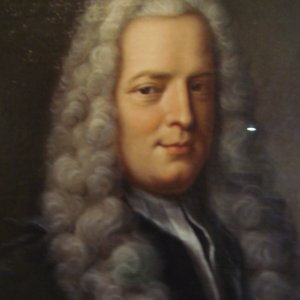<Back to Index>
- Mathematician Gabriel Cramer, 1704
- Sculptor Alessandro Algardi, 1598
- Holy Roman Emperor Maximilian II, 1527

Gabriel Cramer (31 July 1704 – 4 January 1752) was a Swiss mathematician, born in Geneva. He showed promise in mathematics from an early age. At 18 he received his doctorate and at 20 he was co-chair of mathematics. In 1728 he proposed a solution to the St. Petersburg Paradox that came very close to the concept of expected utility theory given ten years later by Daniel Bernoulli. He published his best known work in his forties. This was his treatise on algebraic curves, "Introduction à l'analyse des lignes courbes algébriques", published in 1750. It contains the earliest demonstration that a curve of the n-th degree is determined by n(n + 3)/2 points on it, in general position. He edited the works of the two elder Bernoullis; and wrote on the physical cause of the spheroidal shape of the planets and the motion of their apsides (1730), and on Newton's treatment of cubic curves (1746). He was professor at Geneva, and died at Bagnols-sur-Cèze.
He was the son of physician Jean Cramer and Anne Mallet Cramer.